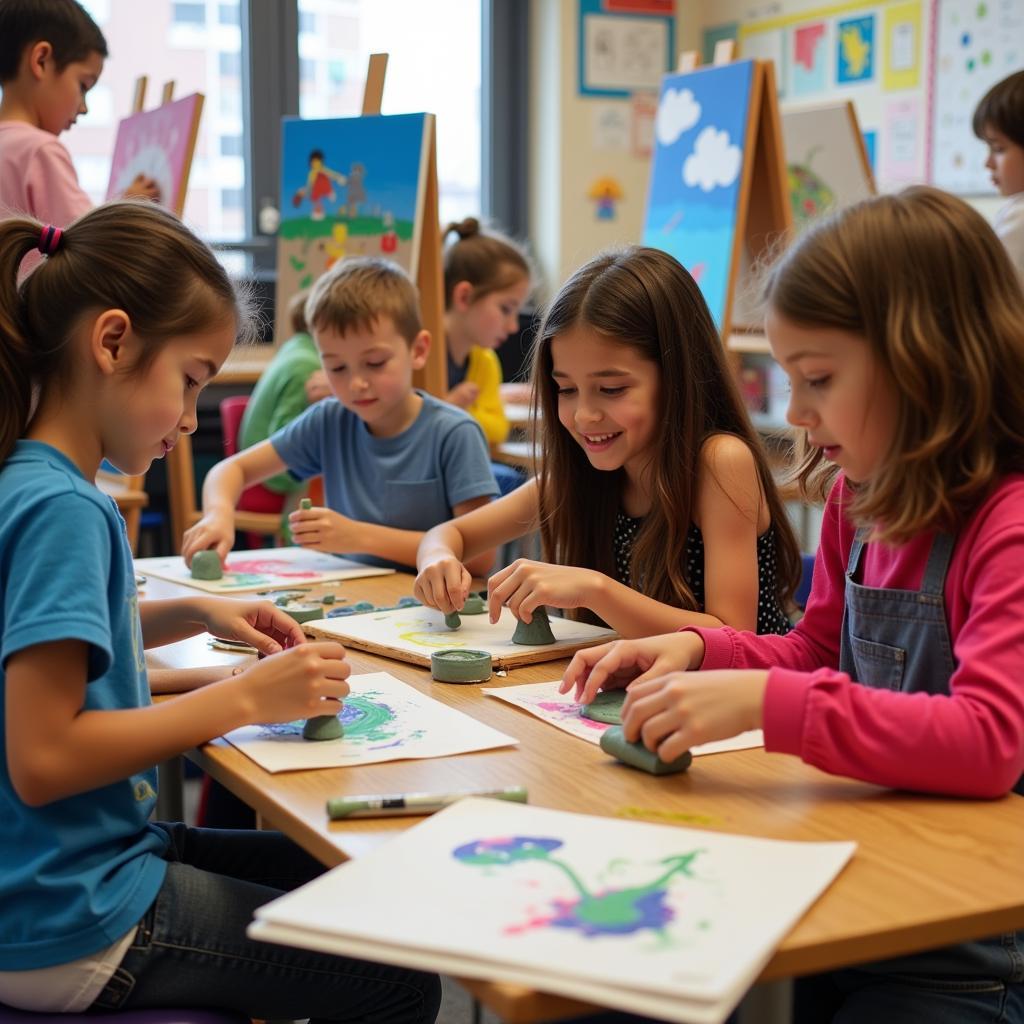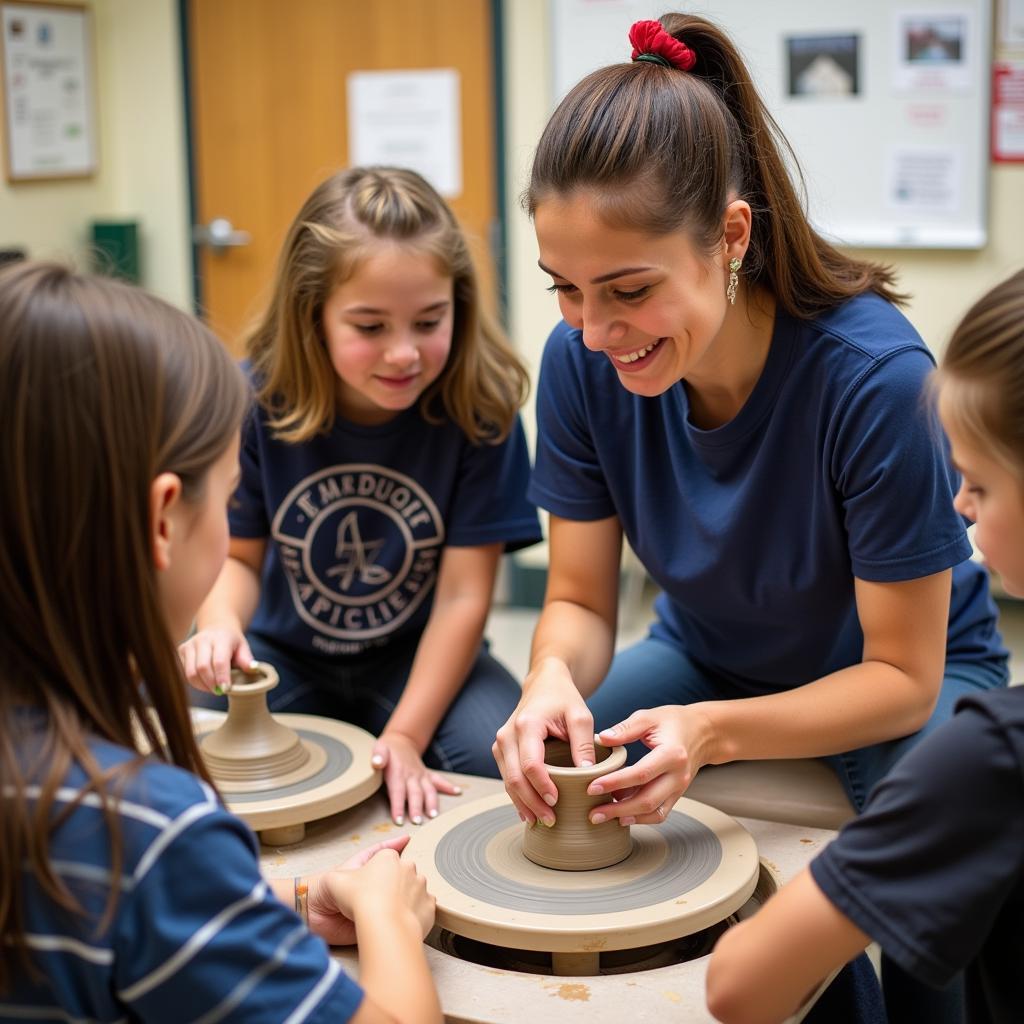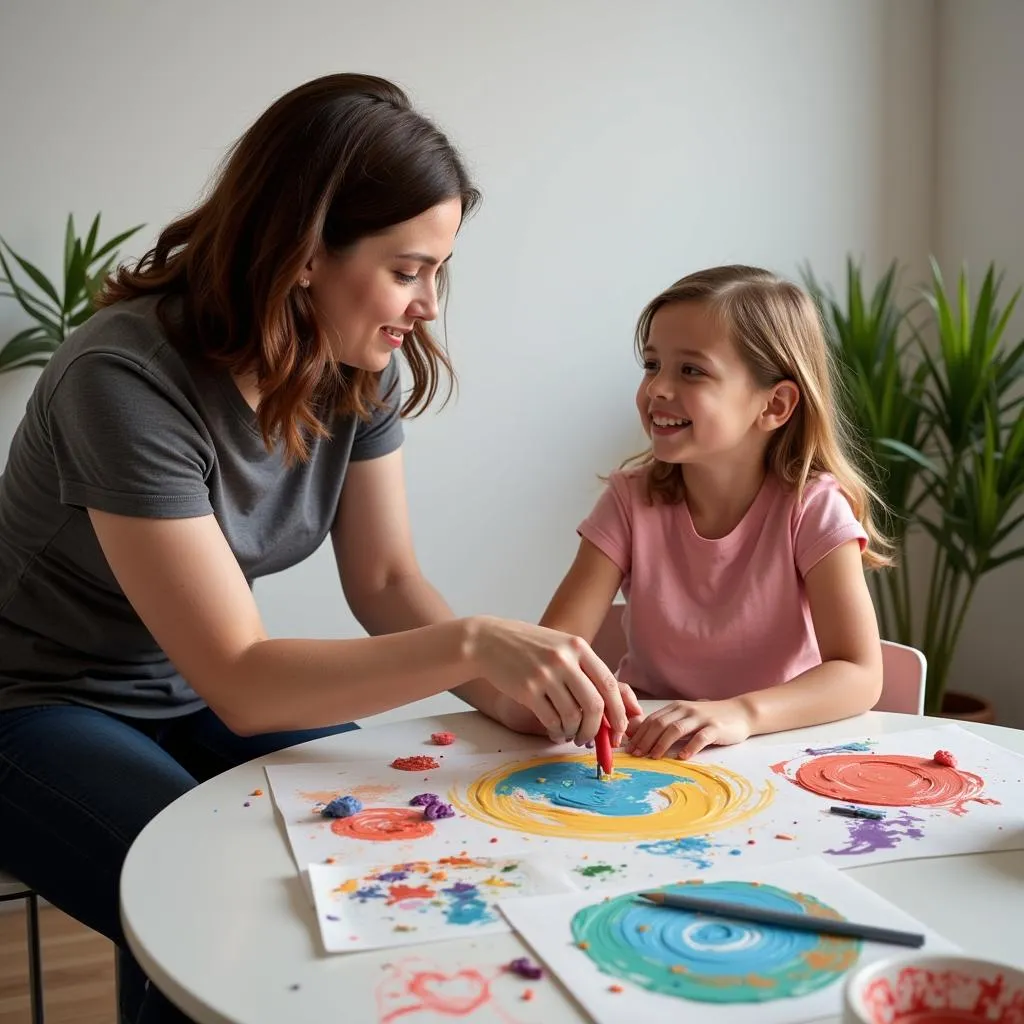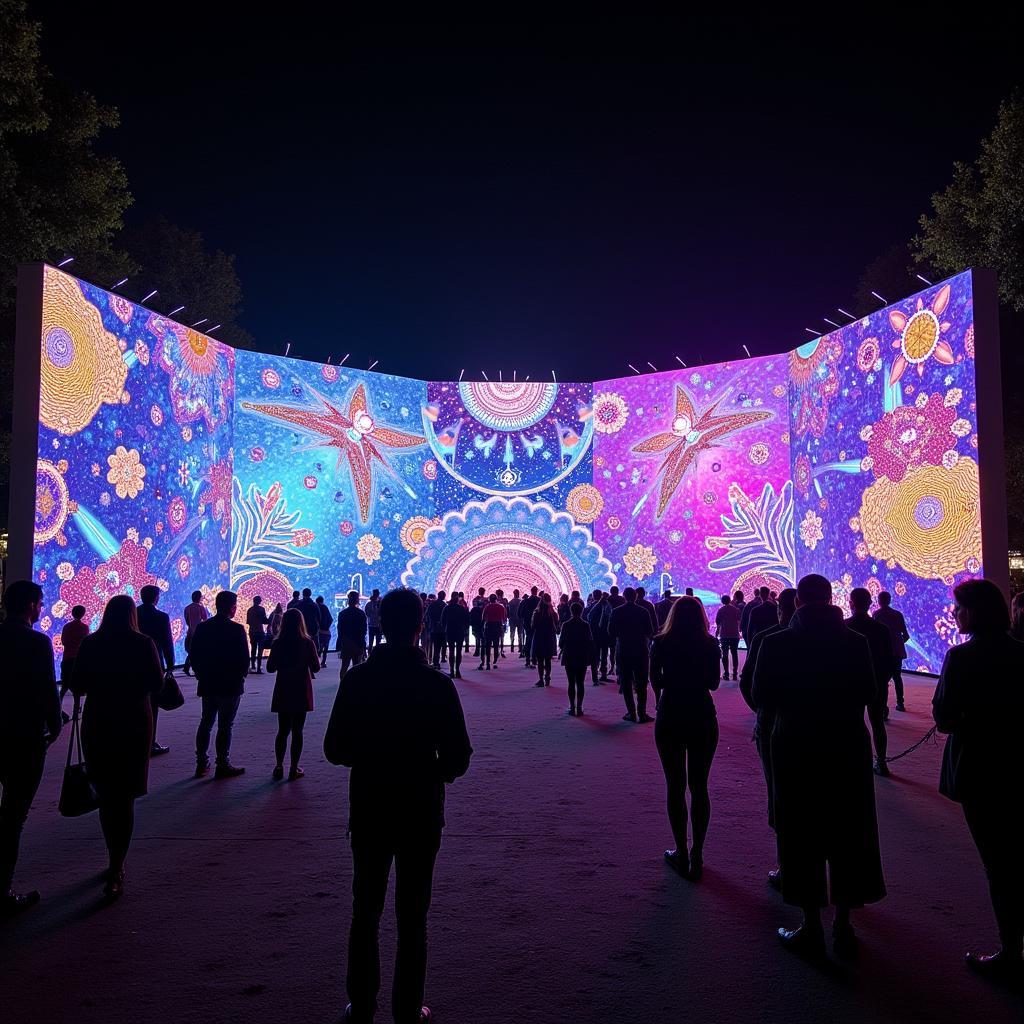Unlocking Creativity: A Guide to Indiana Visual Arts Standards
The world of visual arts is a vibrant tapestry of expression, creativity, and technical skill. In Indiana, fostering this artistic spirit begins with the Indiana Visual Arts Standards, a framework designed to cultivate the next generation of artists, designers, and creative thinkers. These standards provide a roadmap for educators and a springboard for students to explore their creative potential and develop essential artistic literacy.
Navigating the Indiana Visual Arts Standards
 Students creating art based on the Indiana Visual Arts Standards
Students creating art based on the Indiana Visual Arts Standards
The Indiana Visual Arts Standards are built upon four foundational pillars:
- Creating: This strand emphasizes the process of artistic creation, encouraging students to generate and develop original ideas, experiment with various media and techniques, and bring their artistic visions to life.
- Presenting: This focuses on the communication aspect of art, prompting students to select, analyze, and thoughtfully present their artwork to different audiences. It underscores the importance of understanding how art is displayed, shared, and interpreted within various contexts.
- Responding: This pillar delves into art criticism and analysis, equipping students with the skills to interpret, evaluate, and discuss works of art. They learn to form informed opinions, construct meaningful interpretations, and engage in thoughtful dialogue about art.
- Connecting: This strand emphasizes the interconnectedness of art with other disciplines and everyday life. Students explore the historical, cultural, and social contexts that influence art, recognizing its relevance and impact on the world around them.
Benefits Beyond the Brushstrokes: Why These Standards Matter
The Indiana Visual Arts Standards are more than just a curriculum framework; they are a gateway to a world of benefits for students:
- Enhanced Creativity and Innovation: By engaging with the standards, students develop critical thinking skills, problem-solving abilities, and a capacity for creative expression that extends far beyond the art room.
- Improved Communication and Collaboration: Art provides a unique platform for students to communicate ideas visually, express their individuality, and collaborate effectively with others on creative projects.
- Cultural Understanding and Appreciation: Through the exploration of art from diverse cultures and historical periods, students develop a deeper understanding and appreciation for the world’s artistic heritage.
- Increased Confidence and Self-Expression: The arts provide a safe and encouraging environment for students to explore their creativity, take risks, and express themselves authentically, boosting their confidence and self-esteem.
Putting Standards into Practice: Resources and Support
 Indiana art teacher leading a classroom activity
Indiana art teacher leading a classroom activity
For educators, parents, and students seeking to delve deeper into the Indiana Visual Arts Standards, numerous resources and avenues of support are available:
- The Indiana Department of Education: The IDOE website provides comprehensive information on the standards, curriculum frameworks, and professional development opportunities for educators.
- Local Art Organizations and Museums: Many Indiana museums and art centers offer educational programs, workshops, and resources aligned with the state standards, providing valuable learning extensions beyond the classroom.
“As an art educator, I’ve witnessed firsthand the transformative power of the Indiana Visual Arts Standards,” says Sarah Miller, a veteran art teacher in Indianapolis. “These standards are more than just a set of guidelines; they’re a catalyst for unlocking creativity, fostering critical thinking, and empowering students to express themselves in meaningful ways.”
Conclusion
The Indiana Visual Arts Standards are essential for nurturing the creativity and artistic potential within every student. By embracing these standards, educators, parents, and communities can cultivate an environment where young minds can flourish, explore their artistic voices, and develop a lifelong love of the visual arts.




